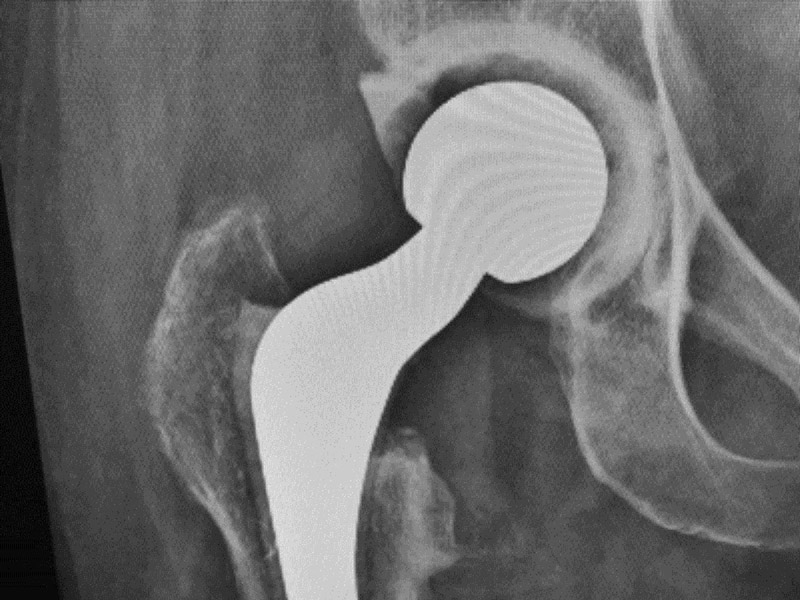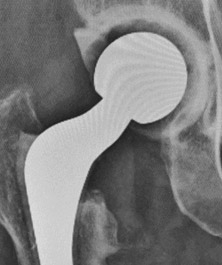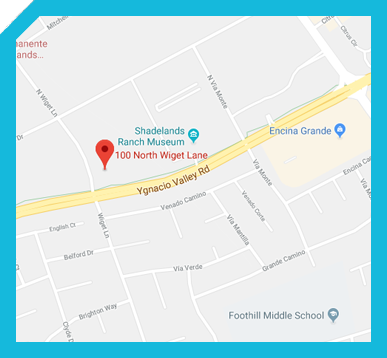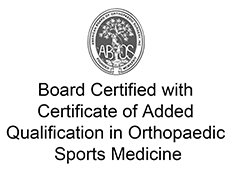In our previous blog post, we discussed the positive results and survival of modern hip and knee replacements. As mentioned, in spite of these good results, these implants do occasionally have to be revised. Below we discuss the most common reasons for these revisions.

Wear and Loosening
A well-functioning joint replacement needs to be firmly fixed to the bone. However, it is possible for the implant to loosen over time due to normal wear and tear or improper use of the implant (e.g., increased body weight, increased impact activities such as running). As the joint wears out, the plastic implant breaks down and particles can be released, causing the body to digest the bone. This is called “osteolysis” or “cutting of the bone.” This is called wear. Initially, wear is a silent problem. If it is unrecognized, it can lead to loosening of the implants with symptoms that can include swelling and pain.
Infection
Infection is a risk with any surgical procedure. In joint replacement surgery, a metal or plastic implant can serve as a surface for bacteria to accumulate and grow. In other words, bacteria love these metal and plastic implants. The patient’s immune system cannot effectively clear them out on these surfaces. Infections in joints can cause overt symptoms such as pain, swelling and drainage. Alternatively, the symptoms can just be an irritating and subtle achiness. If diagnosed, joint replacement infections almost always need surgery. This can either be just a washout or can sometimes be a more involved procedure to take out the implants for a period of time, treat the area with antibiotics, and then go back and re-implant a new prosthesis several months later.
Fortunately, the risk of infection from joint replacement surgery is very small. The key is prevention with an emphasis on sterile technique during surgery, use of antibiotics, and irrigation at the end of the procedure.
Instability
Instability occurs when the soft tissue structures around the joint are unable to provide the stability needed to properly support the joint and allow it to function well. In the hip or shoulder, this commonly can lead to a dislocation of the joint. Dislocations can sometimes be treated with a period of immobilization but sometimes need revision surgery. In the knee, instability can be harder to diagnose. It can feel like the knee is wobbly and non-supportive. If this happens, patients may develop other symptoms such as tendinitis. Sometimes physical therapy and bracing can fix the problem. In more severe cases, surgery may be needed. One of the exciting developments in knee replacement is the use of the kinematic alignment technique where the ligaments are kept tight throughout the entire arc of motion of the knee replacement. (More on this to follow in a future blog post.)
Stiffness
Stiffness occurs when there is a loss of range of motion in the joint. This is common in the shoulder and knee and not as common in the hip. Appropriate positioning of the implants at surgery is critical. If things are stiff during the surgery, they often get worse later when the patient’s pain adds to the stiffness. If stiffness is encountered, it is important to remove more bone or release soft tissues to get things loosened up in the surgery. Post-op rehabilitation is critical to ensuring proper range of motion after any replacement surgery. If stiffness occurs and physical therapy cannot properly improve it, other treatment options, including bracing and revision surgery, may need to be considered.
If you are experiencing pain, swelling or discomfort in the area on and around your joint implant, please contact our office for evaluation of your joint replacement.








 Causes of Joint Replacement Failure
Causes of Joint Replacement Failure 







